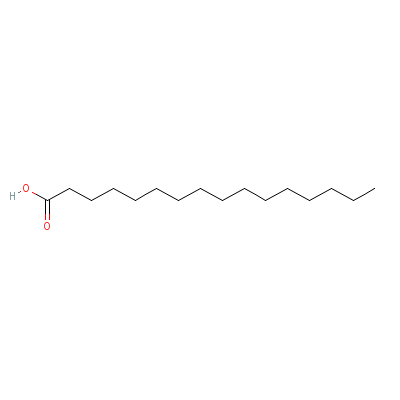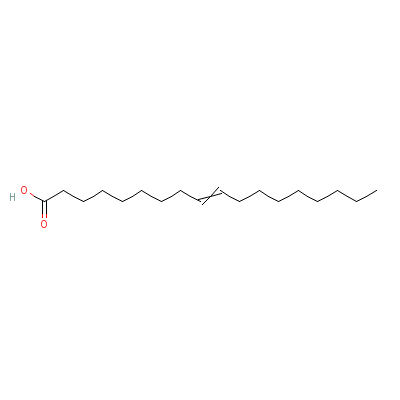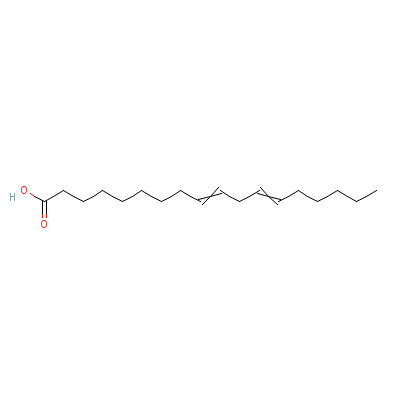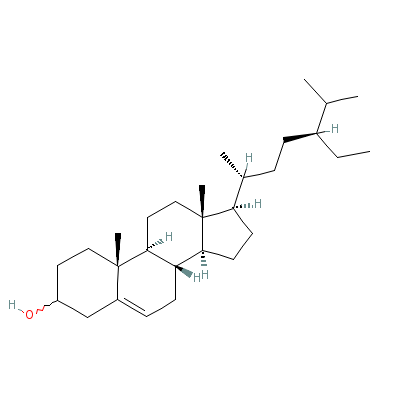| |
|
|
Botanical Name |
: |
Caesalpinia crista Linn. |
English
Name |
: |
Fever nut |
Synonym(s) |
: |
Caesalpinia nuga Ait. Caesalpinia kwangtungensis Merr., Caesalpinia szechuenensis Craib, |
Family |
: |
Fabaceae |
| |
General Info
| Description |
 |
|
A large, woody climber, up to 15 m in height. Bark black, branchlets glossy, black, more or less armed with recurved prickles; leaves large, bipinnate, armed with recurved prickles at the base of pinnae; pinnae 2-5 pairs, often armed; leaflets 2-3 pairs, coriaceous, acute or obtuse, ovate or elliptic, upper surface shining, lower dull; flowers fragrant, yellow, in axillary and terminal racemes combined into a 20-40 cm long panicle, bracts caducous; pods greenish brown or dark brown to black, 5 cm long, usually one-seeded; seeds black, orbicular to ovoid or reniform, flat, beaked. |
| Herb Effects |
 |
|
Anthelmintic and antiascarid, diuretic (root); emollient and febrifuge (seed); anthelmintic (leaves and bark) |
Chemistry
| Active Ingredients |
 |
|
Palmitic, stearic, oleic, and linoleic acids, sitosterol. |
| Chemistry
of Active Ingredients |
 |
|
|
 |
Name |
CAS# |
IUPAC Name |
Formula |
Structure |
 |
|
| Palmitic acid |
66321-94-6 |
hexadecanoic acid |
C16H32O2 |

|
| Stearic acid |
82497-27-6 |
Octadecanoic acid |
C18H36O2 |

|
| Oleic acid |
8046-01-3 |
octadec-9-enoic acid |
C18H34O2 |

|
| Linoleic acid |
8024-22-4 |
Octadeca-9,12-dienoi
c acid |
C18H32O2 |

|
| Sitosterol |
5779-62-4 |
17-(5-ethyl-6-methyl
-heptan-2-yl)-10,13-
dimethyl-2,3,4,7,8,9
,11,12,14,
15,16,17
-dodecahydro-1H-cycl
openta[a]phenanthren
-3-ol |
C29H50O |

|
|
Pharmacology
| Medicinal Use |
 |
|
Uterine tonic after child-birth (powdered leaves); in eye diseases (stem and roasted fruits); to cure liver disorders (powdered seeds with sugar and goat's milk); as tonic in intermittent fevers, asthma and colic (kernals) |
| Reference |
 |
|
 Sharma, Classical Uses of Medicinal Plants. Sharma, Classical Uses of Medicinal Plants.
Javed I. Akhtar MS. Rahman ZU. Khaliq T. Ahmad M. Comparative anthelminthic efficacy and safety of Caesalpinia crista seed and piperazine adipate in chickens with artificially induced Ascaridia galli infection. |
Dealers
Products
|
|